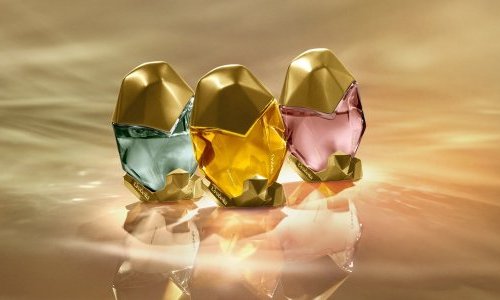The need to address new consumer demands and regulatory targets leaves beauty companies with a serious mission: find products that are scientifically proven to be safe, free from environmentally harmful compounds, and have a price-point that won’t diminish margins. In addition, companies need to be sure they won’t run out of material even in radical geopolitical or environmental changes. Self-sufficiency is on everyone’s lips today, so sourcing materials from a steady, responsible source has become more important. And as changing the material source and finding the right provider might take years, it’s important that the big beauty brands start to look for solutions today, not later.
This is where wood-based materials and ingredients come into the picture.
In the Nordic countries, trees and their different parts, such as leaves, needles, bark, and sap, have been used for medical and beauty treatments for thousands of years. Trees and many of its compounds are naturally resilient to diseases and fungi, and they hold massive regenerative properties. Thanks to these and many other natural traits, trees can be harnessed for human care.
For example, birch bark holds many of the same regenerative and healing qualities that human skin does, making it a perfect source of pure, fully natural, biodegradable ingredients for human skin care and the whole beauty industry to replace microplastics and hugely controversial palm oil.
Cellulose and its nanoform have many qualities that make it perfect for a wide variety of usage cases. Thanks to its ability to carry other materials, it can potentially reflect UV light back – making it a perfect ingredient for sun cream, something that we all should apply daily. Cellulose in its nanoform can also replace fossil-based chemicals which are used in almost all types of cosmetics and personal care products. Hemicellulose also has sun protection capabilities, and it has the potential to increase the antioxidant capacity of personal hygiene products, such as shampoo. It can help the user’s hair to cope with oxidative stress, for example, from hair dyeing. It also has the potential to inhibit inflammation.
All this doesn’t even take into account forest-derived products’ benefits to our immune system and microbiome balance.
Innovations literally grow on trees in the Nordics. Technological innovations utilising wood are being born weekly, and none of them require cutting down new trees. All brands will be able to audit the products’ trail back to the responsibly harvested boreal forest, and the whole process is close to zero CO2 emissions. Trees are a perfect renewable source for raw material, and thanks to advanced technology, all wood-based products for beauty and personal hygiene products are mostly upcycled from the current forestry industry side streams and by-products. This turns potential underutilised raw material into high-quality products that advance Europe’s circular economy goals massively.
The EU Parliament voted in favour of a new greenwashing regulation in January 2024, which requires that companies must transparently show their material lists so consumers are able to make informed purchases. Wood-based innovations sourced from the Nordics can easily backtrack their full production cycle in a transparent way to assure that from start to finish, all angles of sustainability and responsible production are taken into account.
So, if brands haven’t yet considered different sustainable options for their customers and products, the time to act is now. The planet can’t wait for much longer.
































